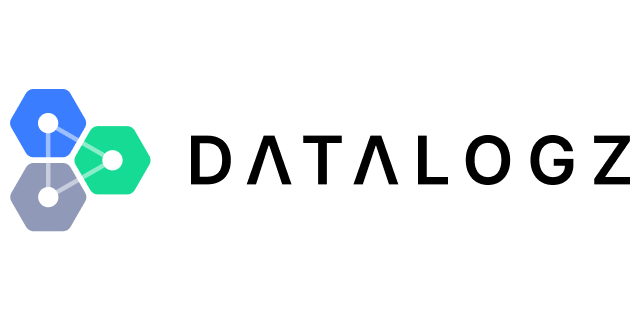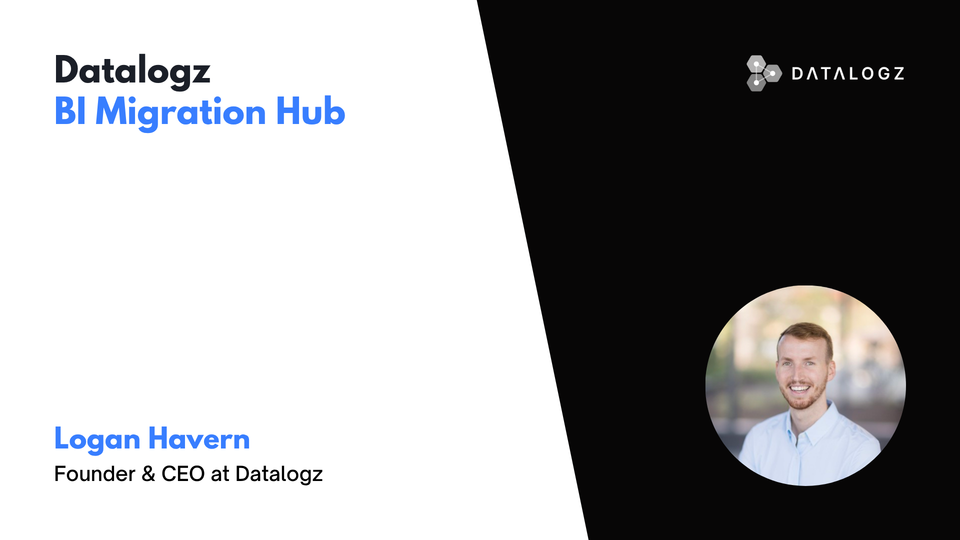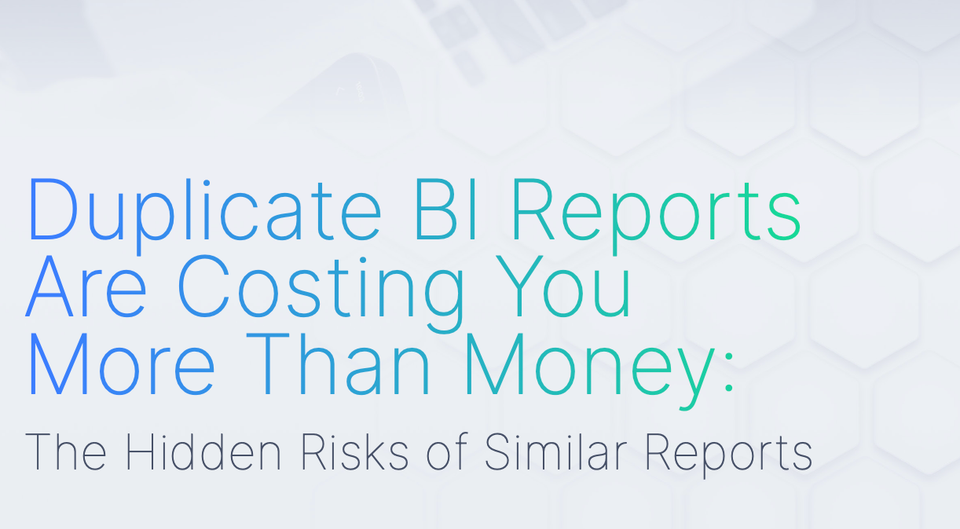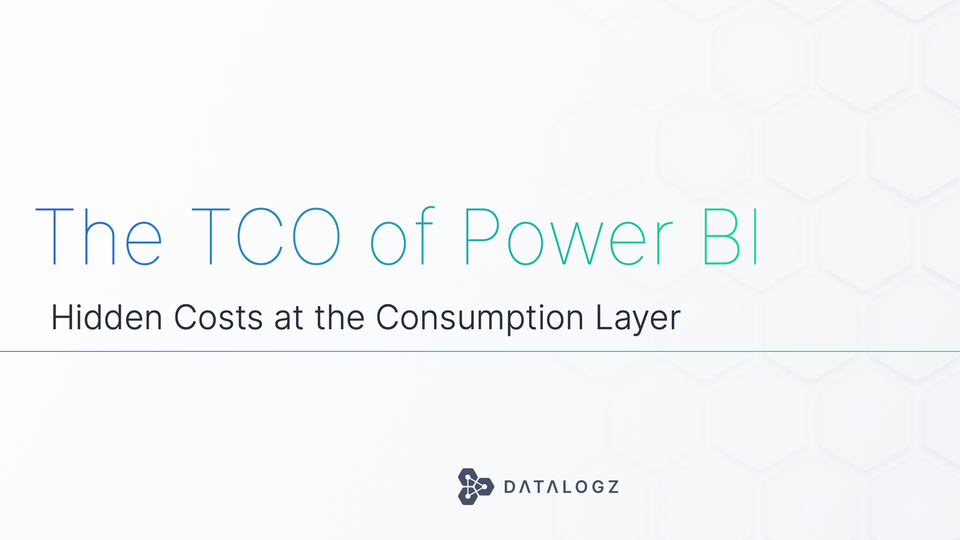Managing Governance Using Microsoft Fabric
Organizations can improve data accuracy, security, compliance, and operational efficiency by leveraging Microsoft Fabric’s features.
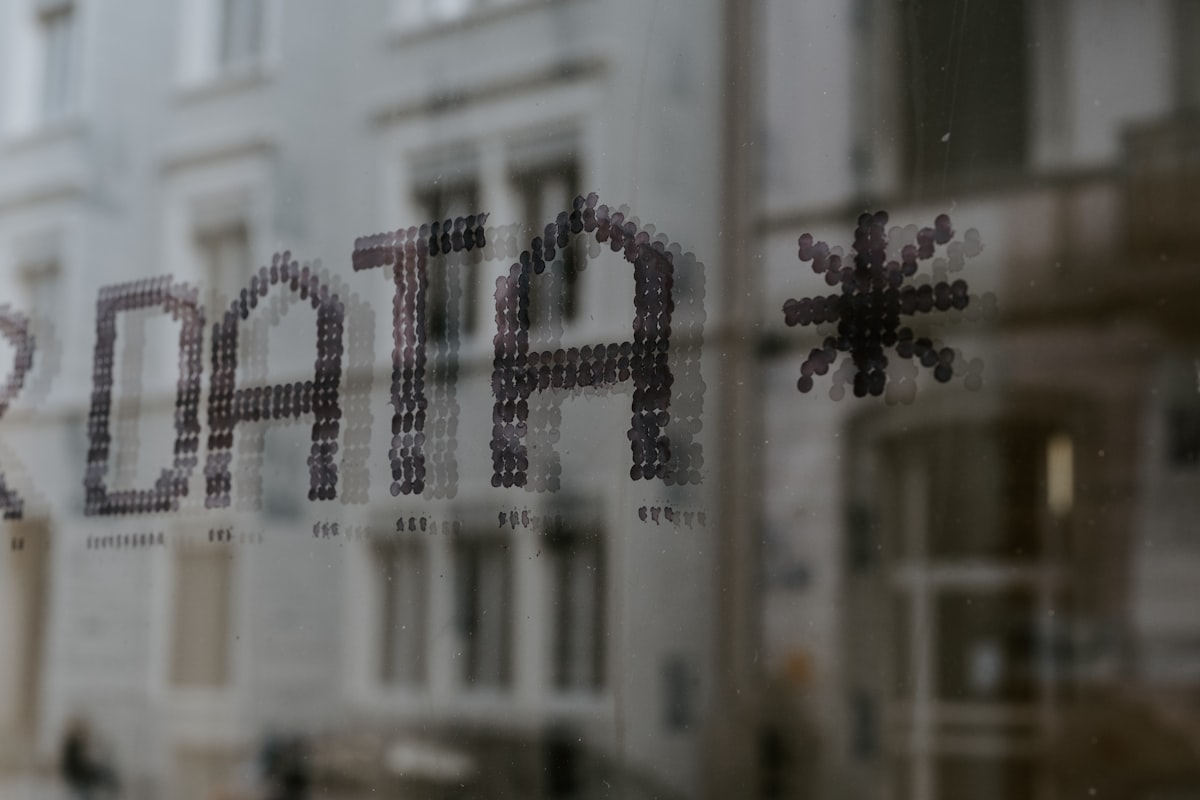
In today’s data-driven world, establishing a robust data governance program is more critical than ever. Data governance involves managing data effectively and securely, encompassing activities such as data classification, lineage, access control, and auditing. Microsoft Fabric offers a comprehensive platform that can significantly assist organizations in enhancing their data governance practices.
Microsoft Fabric provides a range of features that aid organizations in improving data accuracy, security, and compliance. Here’s how Microsoft Fabric can be instrumental in data governance:
- Data classification: With Fabric, organizations can classify their data based on sensitivity and importance. This classification helps them better understand their data and enables them to implement appropriate security measures to protect it from unauthorized access and use.
- Data lineage: Fabric facilitates tracking data lineage, allowing organizations to trace its origin, processing, and authorized access. This helps ensure data accuracy, supports compliance efforts, and aids in meeting regulatory requirements.
- Data access control: Fabric empowers organizations to control data access by defining user permissions and roles. Administrators can determine who can access specific data and the actions they can perform on it. This granular control minimizes the risk of unauthorized data manipulation and ensures data integrity.
- Data auditing: Fabric offers robust data auditing capabilities, enabling organizations to monitor data usage. It tracks data access, modifications, and user activities, providing an audit trail that helps organizations identify and investigate any unauthorized access or use of data.
- Data compliance: Compliance with regulations is a critical aspect of data governance. Fabric assists organizations in ensuring data compliance by providing tools and features that support adherence to regulatory requirements. This helps organizations avoid fines, penalties, and reputational damage associated with non-compliance.
In addition to these features, Microsoft Fabric provides several benefits that enhance data governance practices:
- Centralized management: Fabric offers a centralized platform for managing data governance policies and procedures. This centralized approach improves efficiency, streamlines operations, and reduces the risk of errors associated with disparate systems.
- Automated workflows: Fabric automates various data governance tasks, such as data classification, data lineage tracking, and data access control. This automation frees up valuable time for teams, allowing them to focus on other critical priorities while maintaining effective data governance practices.
- Reporting and analytics: Fabric provides powerful reporting and analytics capabilities that enable organizations to assess the effectiveness of their data governance program. Organizations can gather insights, identify trends, and make data-driven decisions to improve their data governance practices continuously.
According to Microsoft, Fabric will have a Data Activator module for real-time data detection and monitoring. When it detects certain patterns in the data, it will be able to send out messages and initiate certain actions. Microsoft describes Data Activator as a “no-code Microsoft Fabric experience that empowers the business analyst to drive actions automatically from your data.”
Microsoft Fabric is a robust platform that empowers organizations to enhance their data governance capabilities. Organizations can improve data accuracy, security, compliance, and operational efficiency by leveraging Fabric’s features and benefits. Microsoft Fabric provides the tools and resources to establish a strong foundation for effective data governance.
If your organization is seeking to enhance its data governance practices, Microsoft Fabric is an excellent option. With its comprehensive set of features and benefits, Fabric supports organizations in protecting their data, ensuring compliance, and optimizing their overall data governance efforts.
